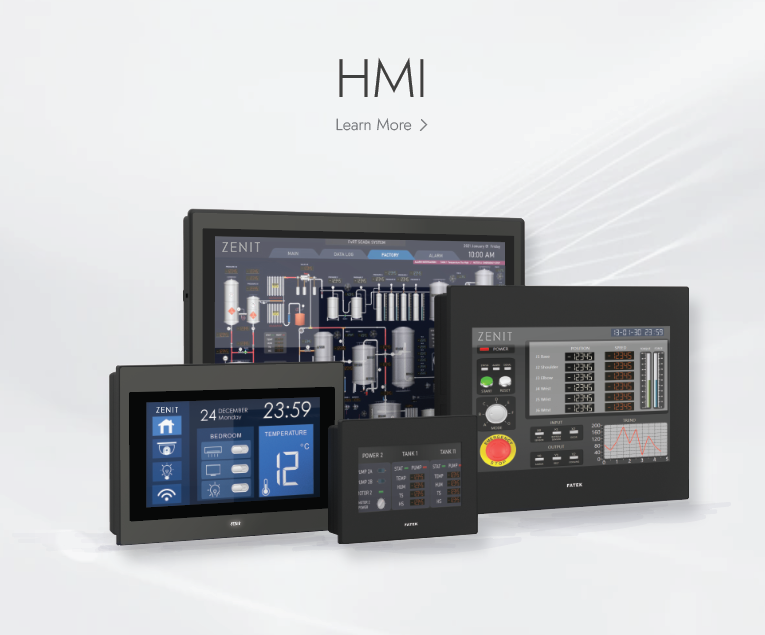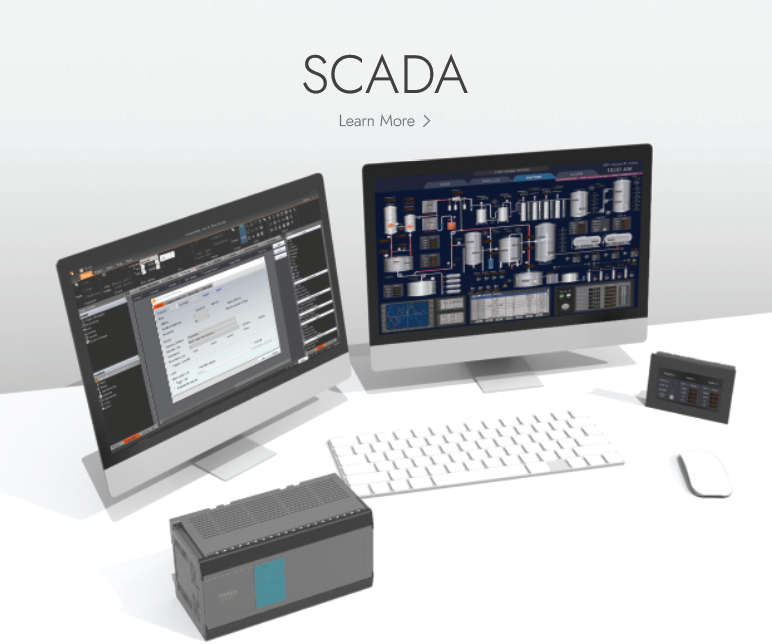

OVERVIEW
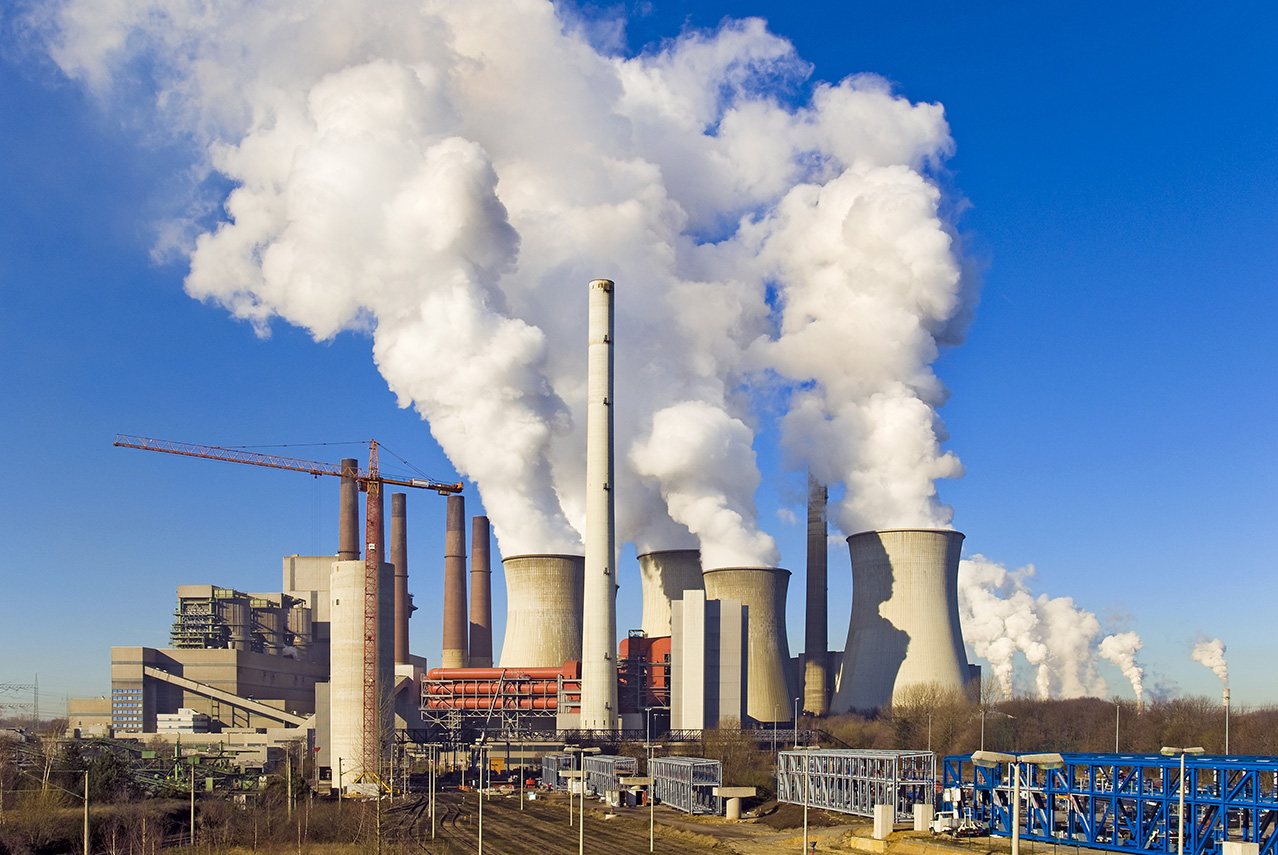
Air Quality Pollution Monitoring
As society develops and progresses, it often faces challenges, and air pollution is one of the environmental issues that are difficult to avoid in the short term. Therefore, avoiding going out during poor air quality has become a temporary coping method. Air pollution is no longer a localized problem in a single city due to the drift of clouds, but a comprehensive issue affecting several cities. By installing air quality sensors in cities and between cities, controllers can regularly record data and update it to a cloud database through wireless networks. The central control center then analyzes and calculates the data changes based on the time and sampling locations to achieve comprehensive air quality monitoring and prediction among cities.
- Air Pollution Monitoring Station
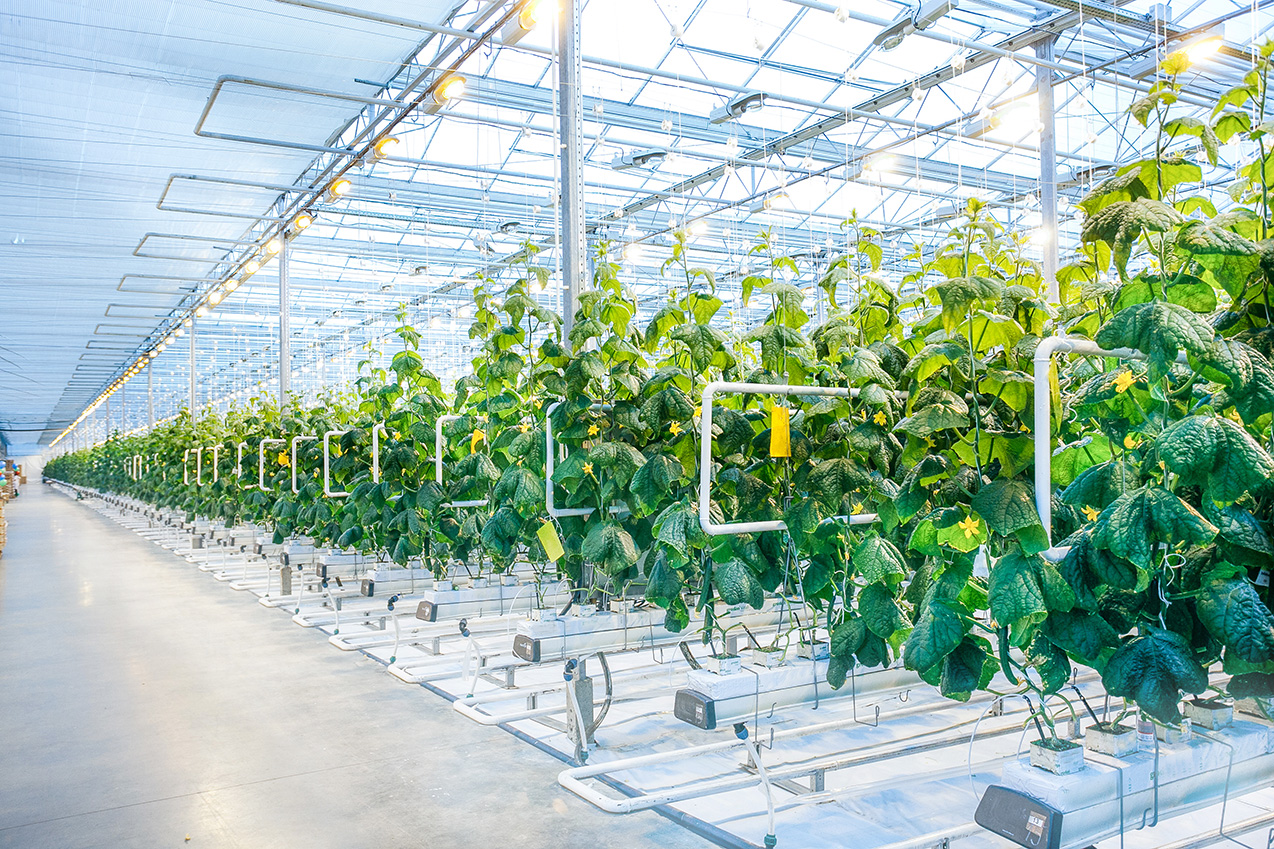
Farm Monitoring
In today's trend of agricultural scale economy, the traditional manual monitoring model for farm management is no longer feasible. By installing sensors for sulfur dioxide, ammonia, light intensity, and other factors in the farm, and using controllers to regularly record data and update it to the Internet of Things (IoT) via wireless networks, farmers can easily monitor the operating status of all their farms through mobile devices. Based on different weather conditions, farmers can promptly adjust the farm environment parameters to minimize agricultural losses caused by sudden weather changes.
- Smart Farm
- Farm Monitoring
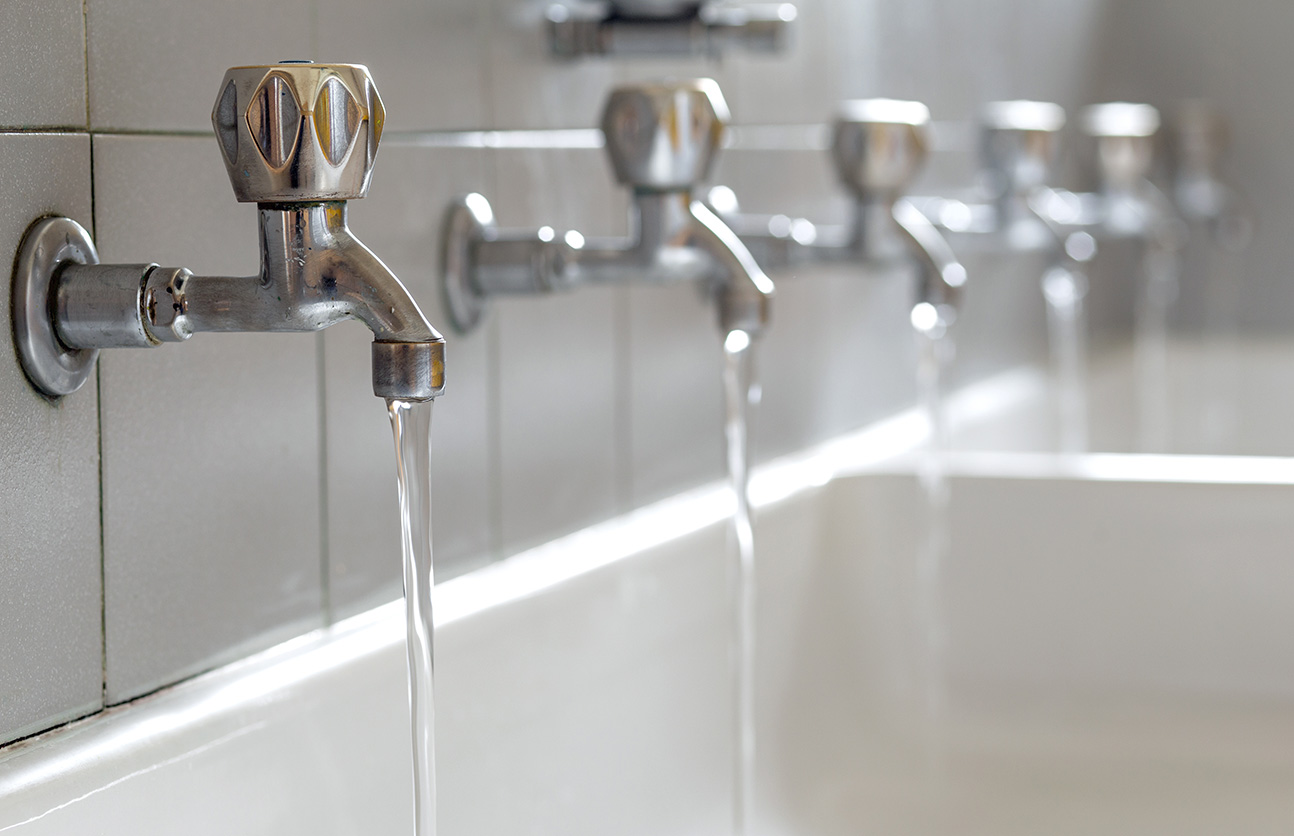
Water Pollution Monitoring
Environmental pollution is closely related to people's lives and safety, and water pollution, in particular, has a significant impact on daily life. Water pollution can affect areas ranging from small waterways to civilian water supply systems and even ocean pollution. The primary purpose and value of water pollution monitoring lie in effectively and continuously monitoring the status of water sources and immediately controlling the damage caused by pollution. Utilizing the unrestricted nature of wireless networks, controllers and sensors can be deployed in remote water source areas. Through the Internet of Things (IoT), data collected from various locations is consolidated and uploaded to the cloud. Then, a pollution prevention and control center performs comprehensive and real-time numerical monitoring. This approach overcomes the challenges of monitoring remote areas and establishes a more comprehensive and timely pollution prevention and control network.
- Water Pollution Monitoring
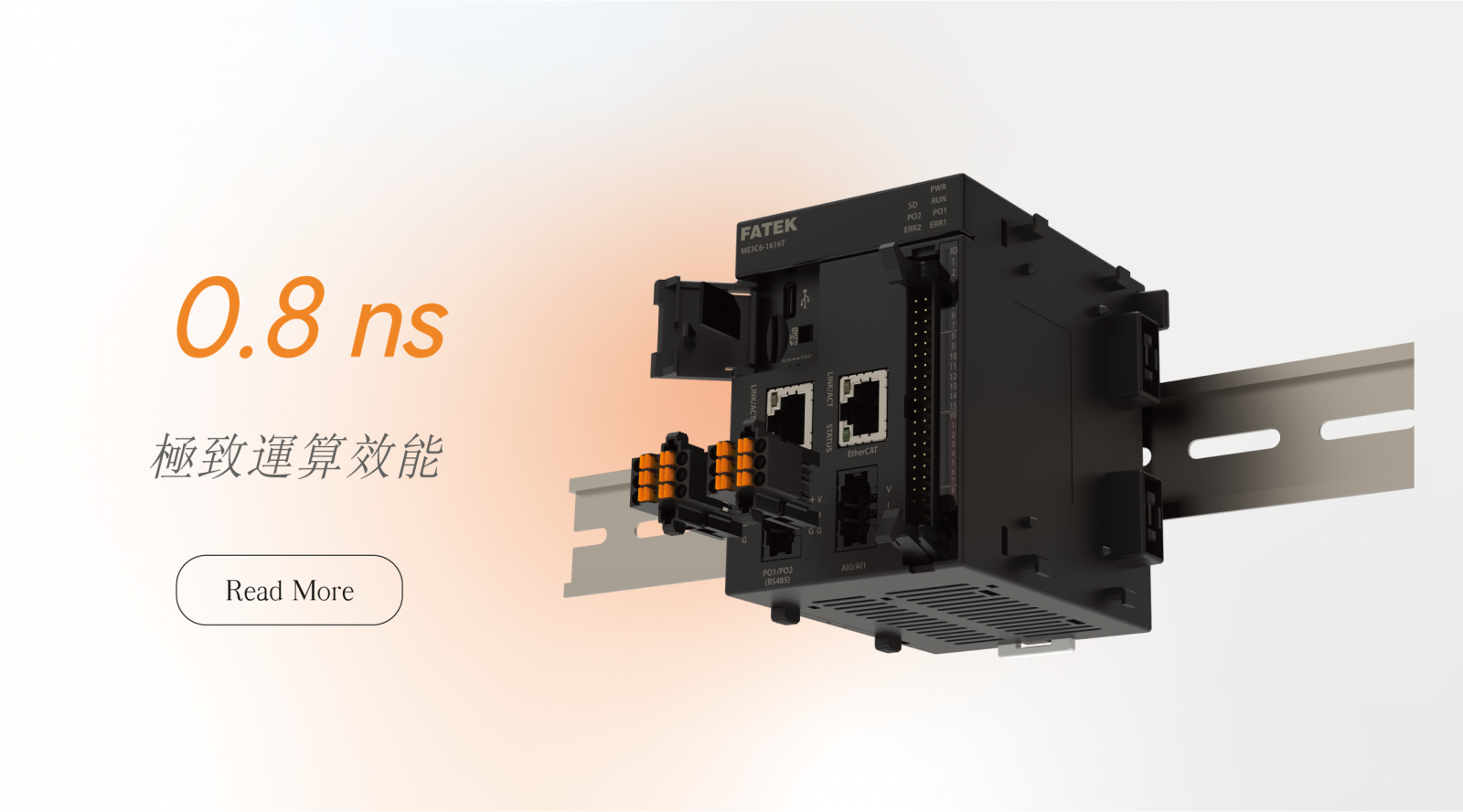
TECHNOLOGY
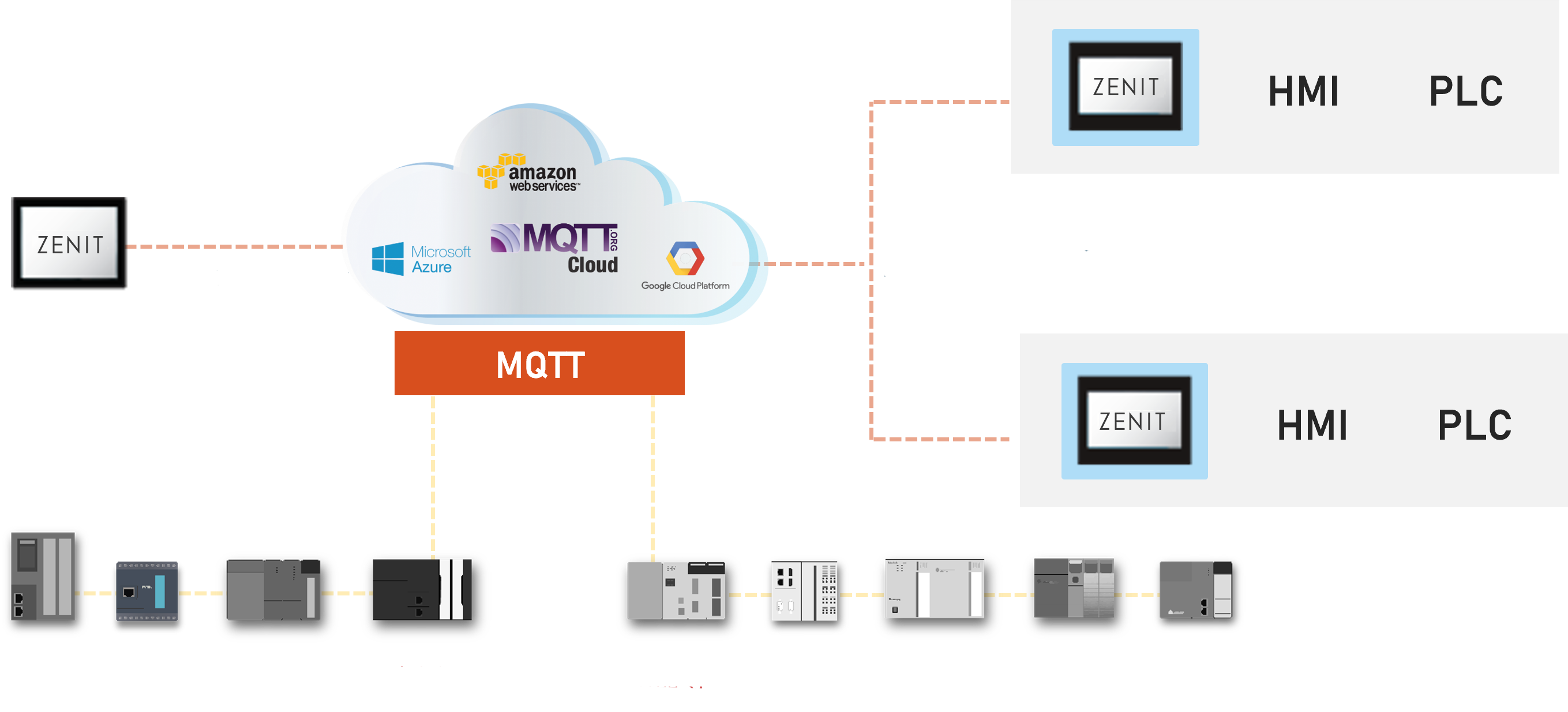 1231231311231
1231231311231MQTT
As a lightweight protocol, MQTT boasts a simple and compact architecture with minimal code footprint, making it suitable for low-cost, low-power IoT microcontroller devices. MQTT is compatible with TCP/IP protocols and specializes in operating in network environments with high latency and poor quality.
It enables data exchange between environmental sensors remotely through the publish/subscribe messaging pattern.
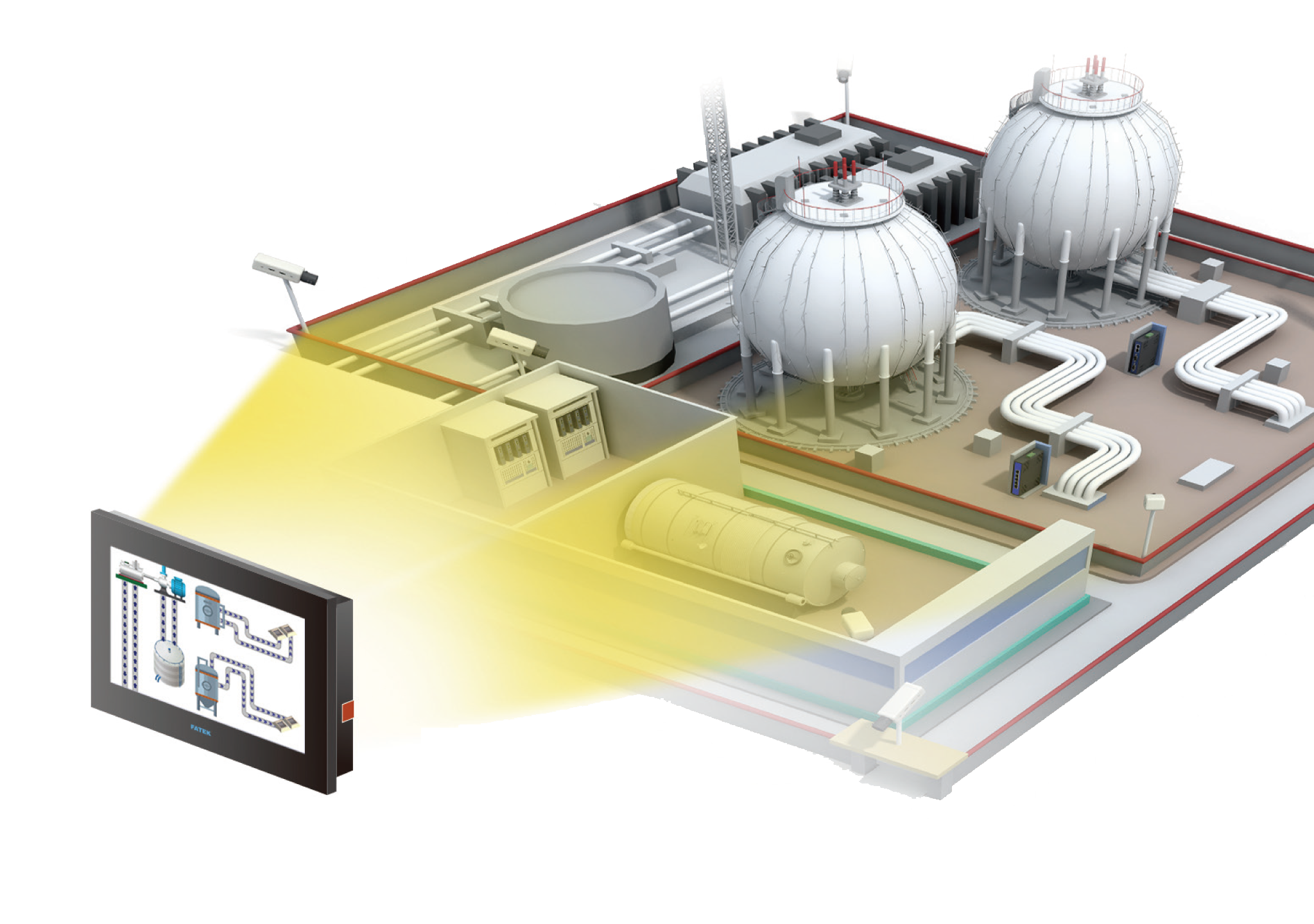
Tube Chart
The built-in tube chart on the touchscreen allows users to directly plan routes with mouse clicks and quickly generate pipeline diagrams. The tube chart component on the touchscreen achieves effects that can manipulate various colors inside the tubes through signals. It also enables rapid setup of flowing dynamic effects, adding a more dynamic aesthetic. By observing the colors inside the tubes, one can quickly understand the operating status of workstations.
ARTICLES

